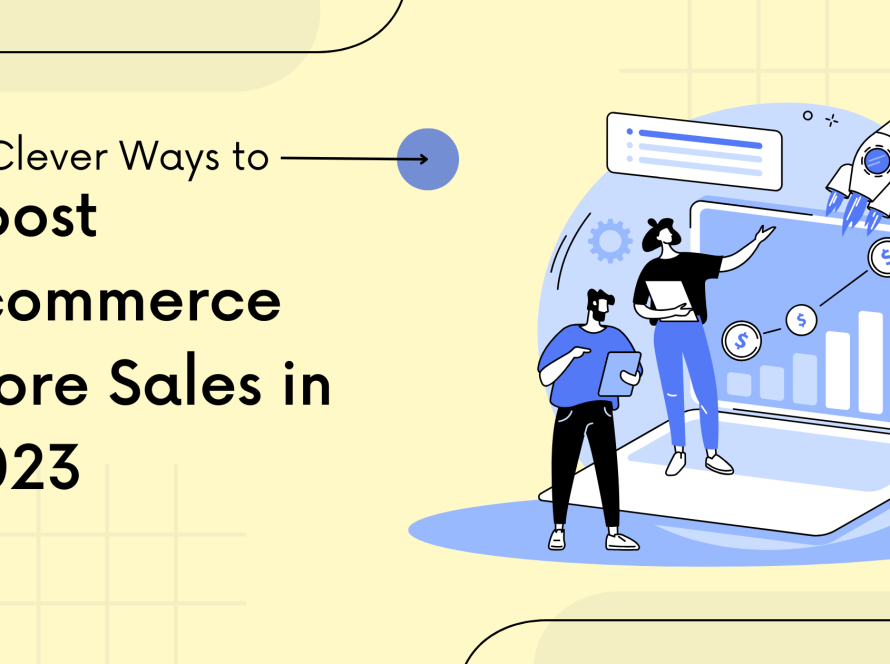Introduction
Welcome to the dynamic realm of e-commerce, where the battle for consumer attention and conversion is fierce. In this ever-evolving landscape, Google Shopping has emerged as a powerhouse for online retailers, offering a visually appealing showcase for products right at the fingertips of potential customers. However, the key to success lies not just in participation but in mastering ROI: Google Shopping Campaign Optimization Strategies.
Navigating the Digital Marketplace
The digital marketplace is a bustling bazaar, and your products are vying for attention amidst the virtual hustle and bustle. The importance of optimizing your Google Shopping campaigns cannot be overstated. It’s not just about being present; it’s about making your presence count.
Understanding the Terrain: Google Shopping Basics
Before we embark on our journey to mastering ROI, let’s take a moment to brush up on the basics. Google Shopping allows users to browse, compare, and purchase products directly from search results. It’s like a digital storefront, but instead of window shopping, customers can seamlessly transition from browsing to buying.
The Mastering ROI: Google Shopping Campaign Optimization Strategies Unveiled
Now, let’s delve into the strategies that will not only elevate your products’ visibility but also ensure that every click translates into a meaningful return on investment.
Mastering ROI: Google Shopping Campaign Optimization Strategies
1. Crafting Captivating Product Titles and Descriptions
The first rule of the Google Shopping game is to grab attention. Your product titles and descriptions are the frontline soldiers in this battle. Ensure they are not just informative but enticing.
- Be Specific and Snappy: Instead of a generic title, go for something specific. “Classic Leather Jacket for Timeless Style” beats “Men’s Leather Jacket” any day.
- Tell a Story in Descriptions: Use your descriptions to weave a narrative. Don’t just list features; paint a picture of how your product can enhance the customer’s life.
2. Ride the Wave of Negative Keywords
In the surf of Google Shopping, negative keywords are your trusty surfboard. They help you ride the waves and avoid getting swept away by irrelevant traffic.
- Weeding Out Unwanted Clicks: Incorporate negative keywords to filter out users who are unlikely to convert. For instance, if you’re selling luxury watches, exclude terms like “cheap” and “discount” to refine your audience.
3. Bid Strategically, Not Recklessly
The auction for ad placements is a fierce one, and bidding recklessly is akin to charging into battle without a plan. Strategic bidding is the key to mastering ROI.
- Focus on High-Value Keywords: Identify keywords that are not just popular but also likely to lead to conversions. Bid more aggressively on these to secure prime real estate on the search results page.
- Utilize Bid Adjustments: Google Shopping allows you to adjust bids based on various factors like device, location, and time of day. Use these adjustments judiciously to maximize your campaign’s effectiveness.
4. Leverage the Power of Product Groups
In the vast sea of your product inventory, grouping similar products strategically can be a game-changer.
- Segmentation for Precision: Instead of having one broad group, create smaller, more targeted product groups. This allows for better control over bids and performance tracking.
- Customized Bidding for Each Group: Tailor your bidding strategy for each product group based on factors like seasonality, popularity, and profit margins.
5. Optimize Product Images for Visual Impact
A picture is worth a thousand words, especially in the visually-driven realm of Google Shopping. Ensure your product images speak volumes.
- High-Quality Imagery: Invest in high-resolution images that showcase your products from multiple angles. A clear and detailed image not only attracts attention but also builds trust.
- Utilize Merchant Center for Image Enhancement: Leverage Google Merchant Center to enhance your product images. This tool allows you to add details like color, size, and material, providing users with more information at a glance.
The Mastering ROI: Google Shopping Campaign Optimization Strategies in Action
Now that we’ve equipped ourselves with these strategies, it’s time to witness the magic in action. Implement these techniques diligently, monitor their impact, and be prepared to tweak your approach based on real-time data.
Conclusion
In the vast landscape of e-commerce, mastering ROI with Google Shopping Campaign Optimization Strategies is not a one-time task; it’s an ongoing journey. As consumer behaviors evolve and competitors adapt, staying ahead requires agility and a keen understanding of the digital marketplace.
So, gear up, fellow digital merchants, and let the strategies outlined here be your compass in the exciting yet challenging world of Google Shopping. Remember, it’s not just about being seen; it’s about making every click count, ensuring that the Mastering ROI: Google Shopping Campaign Optimization Strategies becomes second nature in your e-commerce playbook. Happy selling!



